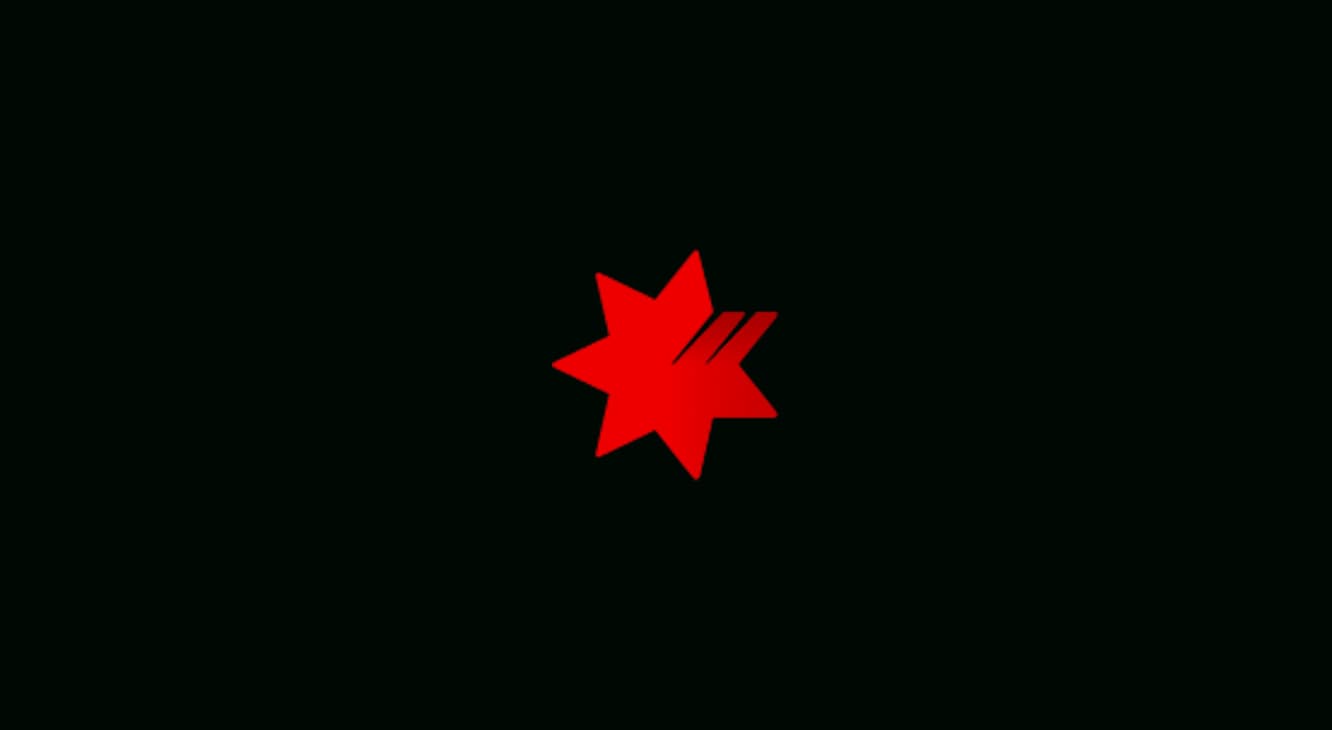The latest NAB Regional & Agribusiness webinar provides insights on the Australian & Global Economies, and a regional and rural property update. Watch the webinar here.


Under the China Australia Free Trade Agreement (ChAFTA), big opportunities will exist for agricultural exports with considerable growth potential, like dairy, beef, lamb, wine and horticultural products. Australia's wool industry will also benefit from improved trading conditions.

Big wins under the China Australia Free Trade Agreement (ChAFTA) include agricultural exports with considerable growth potential, according to a special ChAFTA analysis in the National Australia Bank (NAB) November Rural Commodities Wrap.
In particular, this includes dairy, beef, lamb, wine and horticultural products, which currently make up only 22 per cent of total Australian agricultural exports to China.
Khan Horne, General Manager of NAB Agribusiness, said the combined export share for these sectors to China has doubled in the past five years alone, and has the potential to become a lot more significant thanks to the ChAFTA.
“Lower tariffs will give Australian producers an advantage when competing to supply this market with dairy, beef, lamb, wine and horticultural products,” he said.
“China is not yet the major destination for Australian exports from these five sectors, accounting for less than 20 per cent of total exports for each. This means there is a real potential for growth.”
Wool is also set to receive improved trading conditions with an additional quota of 30,000 tonnes (clean wool) on top of the existing WTO tariff rate quota of 287,000 tonnes, with a one per cent tariff. Although China may impose a tariff of 38 per cent beyond these quotas, it generally declines to do so.
For sectors increasingly dependent on China, such as oilseeds and barley, there were mixed outcomes. China’s already low 3 per cent tariff on Australian barley will be cut to zero effective immediately. However, oilseeds do not enjoy improved tariff rates or market access.
While the ChAFTA does not deliver improved market access for the likes of cotton, the ChAFTA review process does provide an opportunity to firmly advocate for improved access over time.
“The ChAFTA is relatively ‘clean’ insofar as it introduces few agricultural barriers to trade, and when safeguards are included they are discretionary so they may not in fact be applied,” Mr Horne said.
These discretionary safeguards can be triggered on beef and whole milk powder at 170,000 tonnes and an unpublished rate above current levels respectively. Australian beef exports to China stood at over 150,000 tonnes in 2013, but have fallen somewhat in 2014.
“New Zealand’s FTA with China is widely credited with substantially boosting dairy exports to China since 2008, however New Zealand was already enjoying strong export growth, in part allowed by favourable climatic conditions.
“We are optimistic about the future of Australia’s dairy sector and the potential for export growth.”
Important Note:
Any advice in this editorial has been prepared without taking into account your objectives, financial situation and needs. Before acting on this advice, you should consider its appropriateness to you.
For further details, download our economic report:
© National Australia Bank Limited. ABN 12 004 044 937 AFSL and Australian Credit Licence 230686.